Paleontologists have unearthed a giant ancient crab on a New Zealand beach with the largest fossilized claw ever discovered.
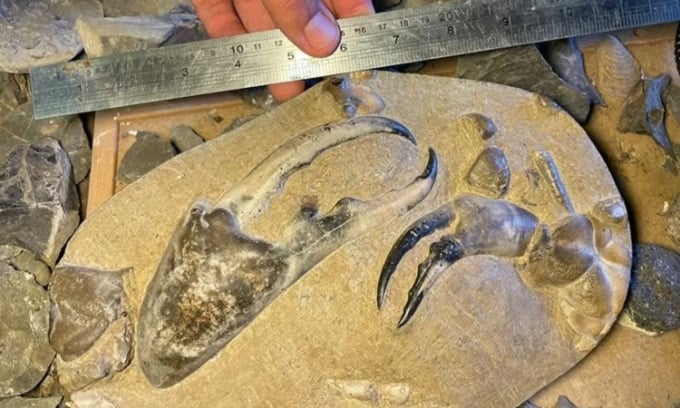
Fossil crab claw of Pseudocarcinus karlraubenheimeri. Photo: Barry WM van Bakel
The new species of southern giant crab , Pseudocarcinus karlraubenheimeri , was found on Waitoetoe Beach on New Zealand's North Island, about 240 km (150 miles) from Auckland, in sediments dating back 8.8 million years to the early Miocene (5.3 - 23 million years ago). The relatively intact crab was buried in sediments from an ancient volcanic eruption from the offshore Mohakatino Volcanic Centre. The volcanic area was active between 8 and 14 million years ago.
P. karlraubenheimeri is described in a paper published on February 27 in the New Zealand Journal of Geology and Geophysics. The specimen probably lived at depths of 200 - 600 m in ancient seas.
Crabs are crustaceans with 10 legs. Their front legs are called claws. Many crabs have one large and one small claw. An extinct crab from New Zealand had the largest claw ever found on a fossil crab, measuring about 15 cm long. The study authors, led by Barry WM van Bakel of Utrecht University, suggest that this adaptation reflects their carnivorous nature.
Of all the living and extinct crabs, the Tasmanian giant crab ( Pseudocarcinus gigas ) has the largest claws. Males can reach up to 47 cm in length. The crustacean is found throughout the Tasmanian seas and can grow to 12 kg. P. karlraubenheimeri may have been the precursor to this giant living crab. Conditions in New Zealand during the Miocene provided a favorable environment for P. karlraubenheimeri to grow to enormous size. According to the research team, the warm, nutrient-rich environment with mussels, snails, and small crabs provided an abundant food source for the giant crab.
An Khang (According to IFL Science/Cosmos Magazine )
Source link




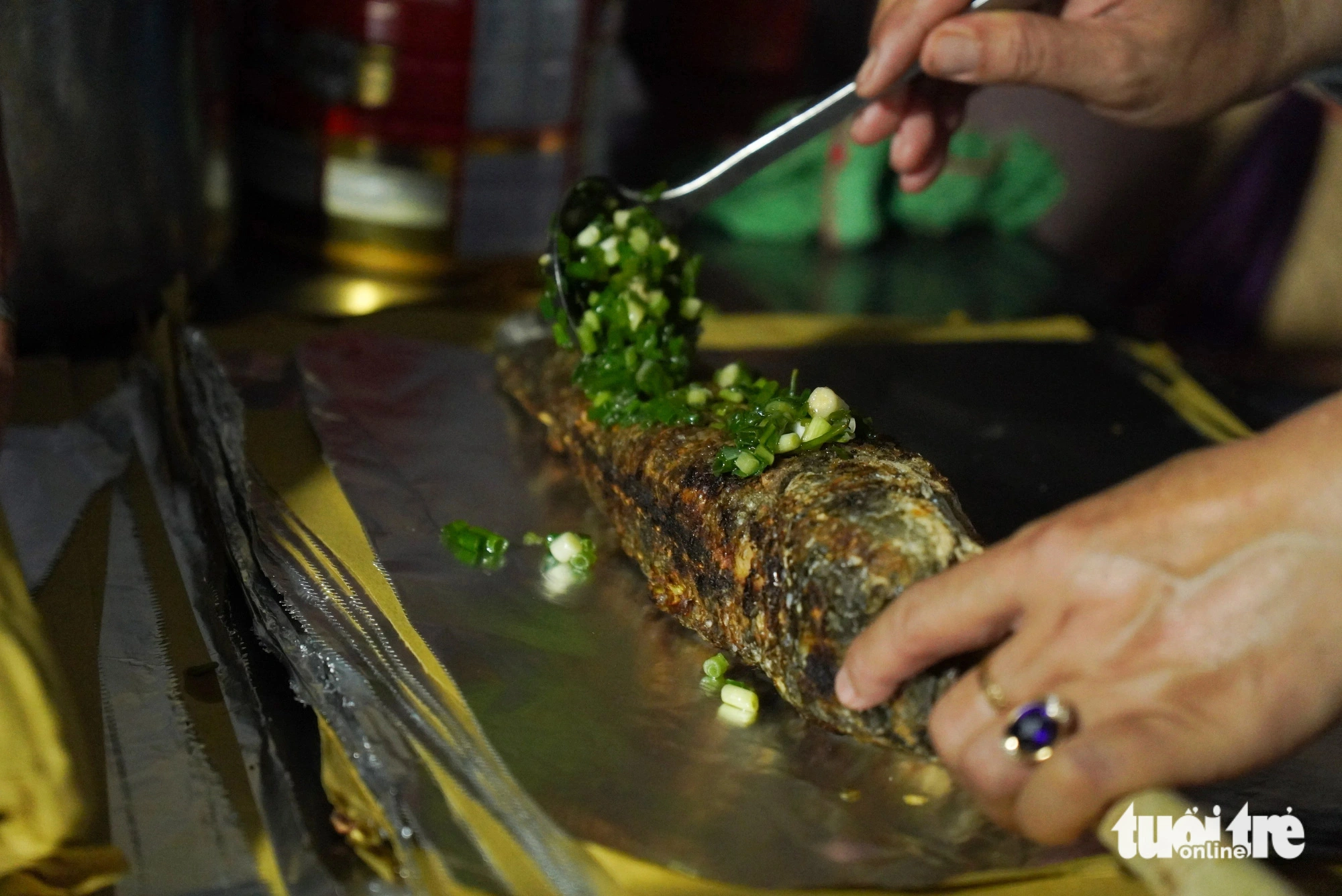
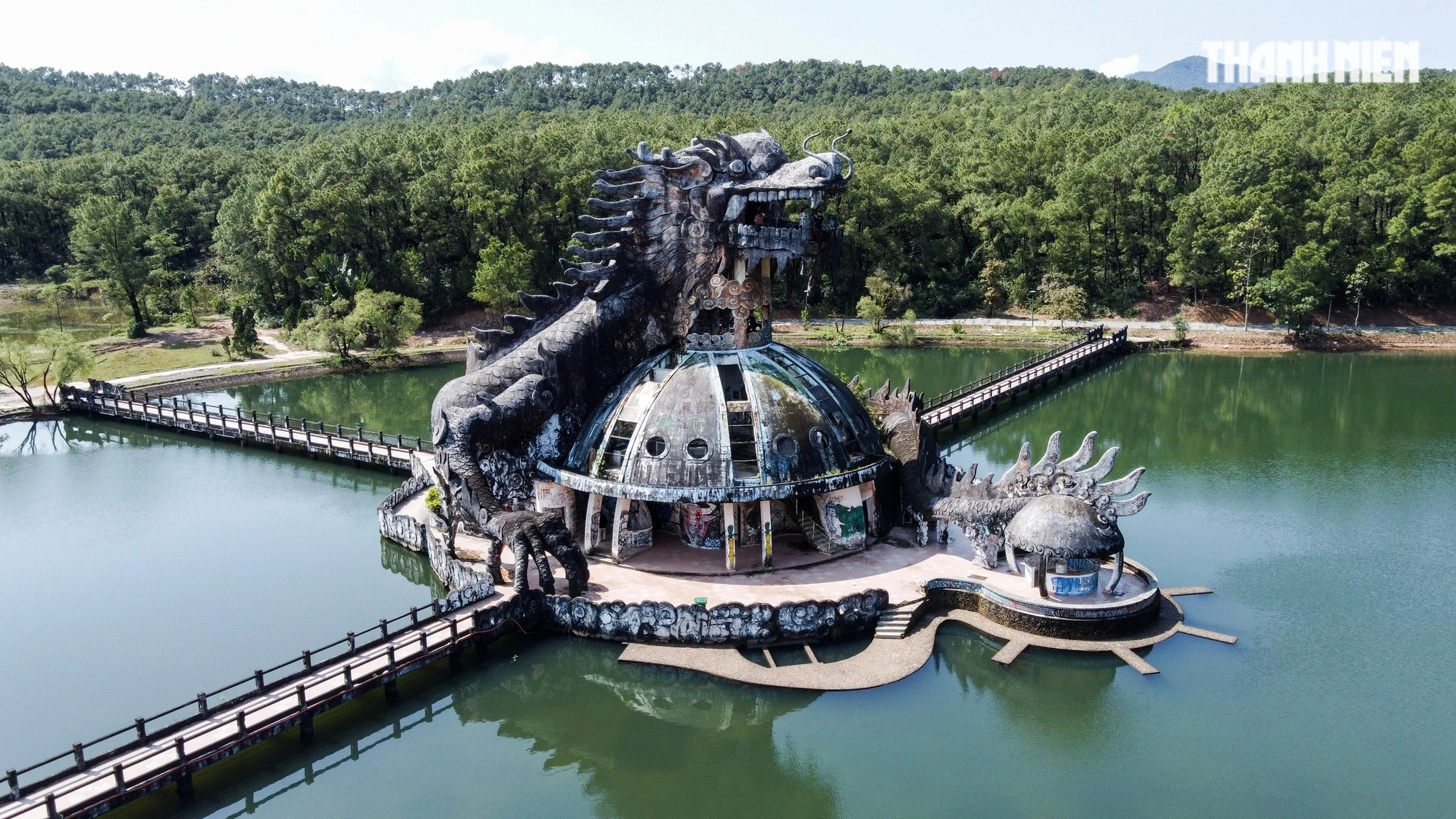
























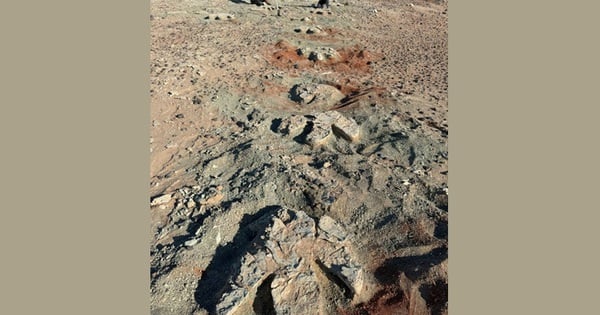

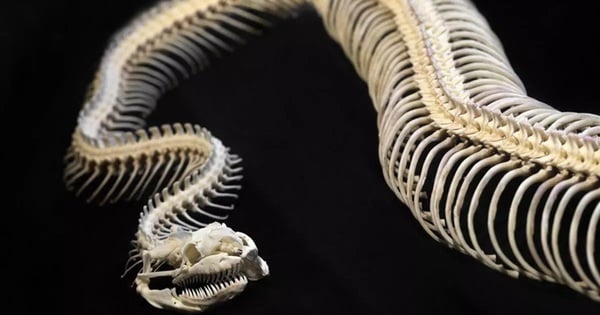
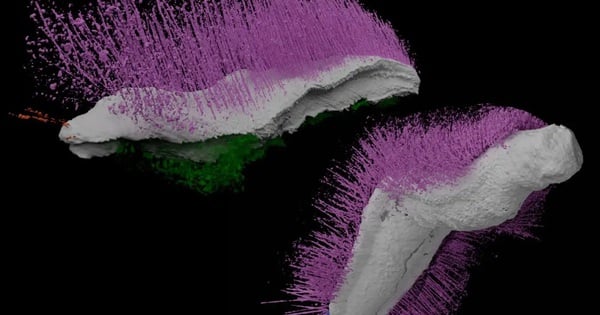

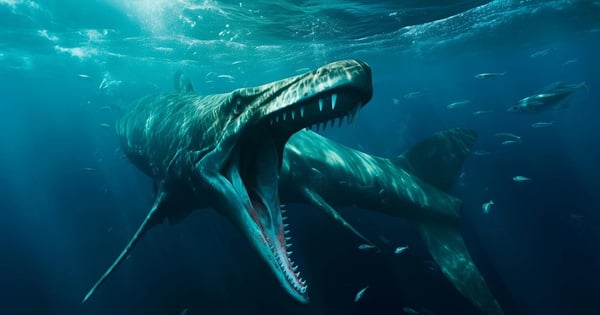
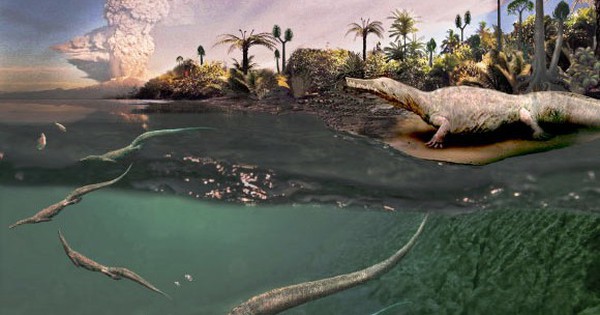





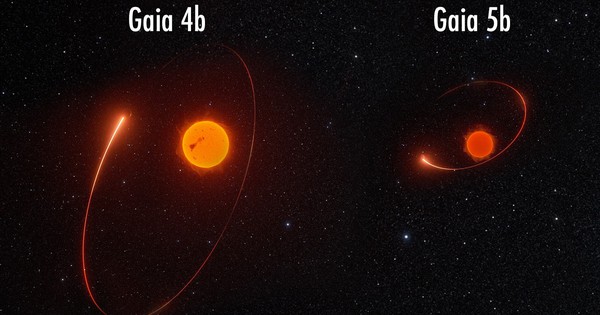





















Comment (0)